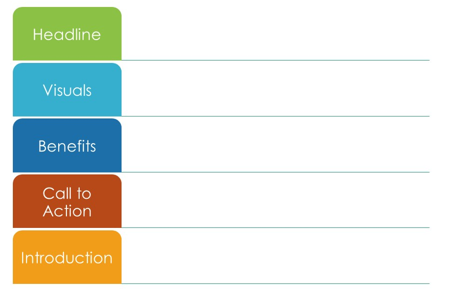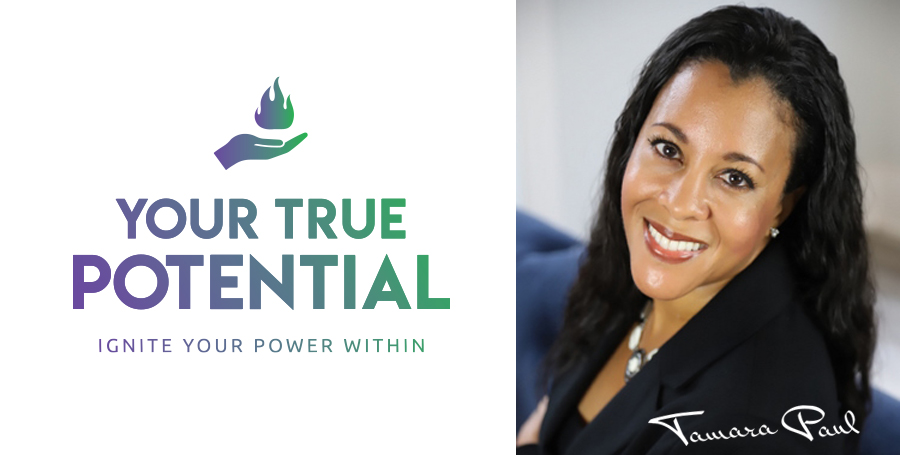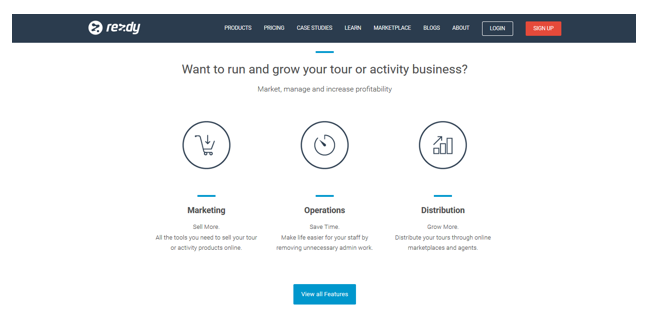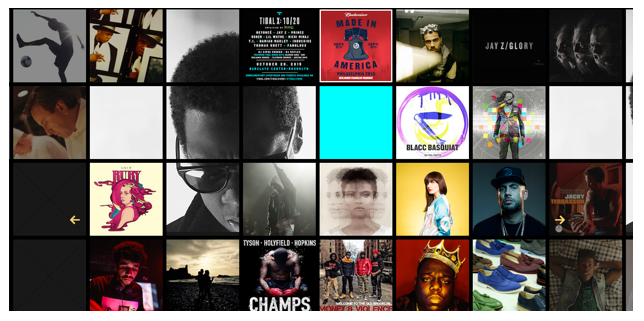Welcome to
Website Content MasteryCreate web pages that convert
Module One
Create a First-Rate Home Page
Your website’s Home Page is its main page. It’s important in telling visitors to your website who you are, what you do, and what you have to offer. This is the site most will visit first, so it’s very important that it’s effective and maximized. It should address your visitors’ questions and problems, and show them where to go for the solution they’re looking for.
To design your Home Page, start with the goal you have in mind for it (refer to last chapter’s learning activity). Put yourself in your visitor’s shoes. You’ve come here from a link in an article, advertisement, social media post, etc. What’s the next thing on your mind? You just saw an informative video or read an article. You clicked through and now you’re here.
Some of the questions brimming in your mind might include:
- Who is this?
- What do they do?
- What makes them different?
- What else do they have to offer?
The purpose of the content here is to answer these basic questions and steer the visitor in the direction that you want them to go in. Start by saying clearly who you are and what you do.
For example, you posted a video online starring one of your products and your website sells this product. When a person comes to your site, your Home Page should tell them:
- We’re an X company that sells products for X people for doing X.
- Yes, we have the product you saw in the video.
- We offer the fullest range of products like that and shipping is free.
- Come and visit our online catalog; there is plenty of information and checkout is easy.
The Elements of a Good Home Page
A good Home Page is compelling. It makes a visitor want to stay and interact with it. It does this by speaking clearly to the visitor’s needs and expectations (what they expect when they click the link and come to your site). It says this clearly in the title or headline. It also lets the visitor know that yes, this is the right place (for example, it has the same logo as the video that links back to it).
A good Home Page is well-organized and pleasing to the eye. It is easy to take everything in at a glance. It’s good to have different media and features, but they shouldn’t be distracting. Your Home Page shouldn’t be cluttered. Your message to the visitor should be at the forefront.
Being well-organized also means that navigation is clear. Your Home Page explains all of the website’s other pages and it’s easy for the visitor to understand how to get to them.
Your Home Page should be dynamic. It should include updates, news, announcements, and the latest changes. Fresh content gives visitors a reason to bookmark and come back. It also offers SEO benefits. The search engines favor sites with changing content. Change content on your Home Page according to customer needs. For example, if there’s a question many customers have been asking you recently, provide an answer on your Home Page.
The Essential Components of a Good Home Page
Your Home Page should include:

- A headline that says who you are. This one line should explain succinctly and clearly who you are and what you do. This is the first part of the page the viewer will see, so it’s important for it to speak to their needs.
- Visuals. It’s good to include at least one visual that relates to your business or products. Again, make sure this matches the expectations of the visitor to your site.
- A bullet-point list of benefits for the visitor. These should explain the positive improvement in the visitor’s life that your website and/or its products provide. For example:
- “This is the most comprehensive information website for pet buffalo beetle owners.”
- “We provide all of the digital audio products you need in one place.”
- “Our referral service can help you find the North Wisconsin contractor you need today.”
- Call to action. The call to action tells the visitor what they must do in order to receive the listed benefits. It includes an action word and a time phrase to give it urgency – “Get started today.”
- Introduction to the other pages on your site… and what your visitor will find when they go there. Explain how each page will help them by speaking to their needs with phrases like:
- “Need help with…?”
- “Want to see what others have to say about us?”
- “See what’s new on our blog…”
Additional Optional Components for Your Home Page
Content Offer
You may offer some kind of content on your Home Page. For example, you might have an information product for download. Some websites put a freebie on their Home Page in order to sign up visitors to their email list. The Home Page is often the most visited page, so it’s a good opportunity. The content here could be an eBook, a podcast, templates or tools, a resource list, exclusive membership, or anything else.
Social Proof
Social proof means content such as testimonials or reviews that show what other people, such as former customers or clients, have to say about your website or company. It helps to build trust with the new visitor. It also shows that your offer is worth checking out, as it helped other people achieve a similar goal to yours. One way to do this is to include recent social media activity which shows your social media followers actively engaging with you.
Content for Your Home Page
The content on your Home Page should be brief. Remember, this is just a chance for the visitor to take in what you do at a glance. More in-depth content will go elsewhere on your website.
Make your content here personal. The goal is to connect with your reader. Write from their perspective and use a tone that’s conversational, friendly, and easy to understand.
Break up text into small paragraphs with sub-headers for each. Make it easy to skim your Home Page so that the visitor can get specific questions answered and find the information that they’re searching for.
Use keywords in a natural way so that you’ll get more search engine traffic. A keyword is a single word or short phrase that’s related to your businesses. These are the terms people are searching for on search engines like Google. If you’re not sure which keywords to use, use a tool like Google’s free keyword research tool to get ideas.
Finally, always proofread all content for your Home Page and every page of your site. For your Home Page, this is the visitor’s first impression of you and your business. Don’t turn them away with typos or spelling mistakes. Make sure it’s well written.
Activity:
- Analyze your current Home Page and what it should be saying about your business and services. Based on the module, what is missing, or needs to be added or enhanced?
- Based on your analysis in step one, draft content for your Home Page using the key points from the module and your business’s keywords and keyword phrases.
A Word
From Tamara
As an entrepreneur myself I completely understand the stress, anxiety and frustration around launching or growing a business. I also know the rewards and life style change the hard work can provide you if you stay focused. I am here to inspire and motivate you to push forward. The fact that you’re investing in your business education let’s me know you’re in this to win. Rest assured I’m here to help you…. These courses are set up to help you understand the basics. To dig deeper into your specific plan of action we will discuss where you are, where you want to be, eliminate any blocks preventing you from getting to the next step and create an action plan.





